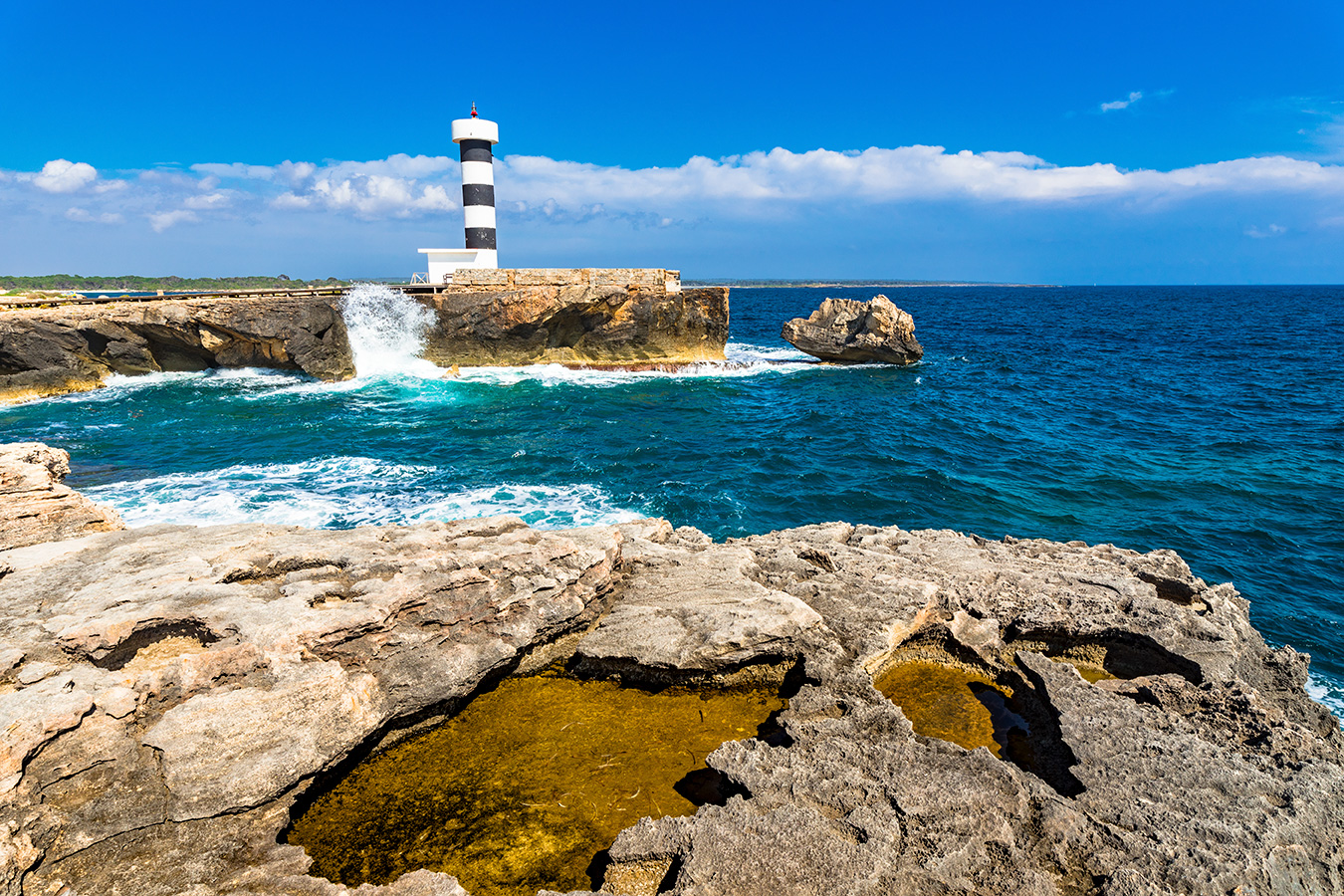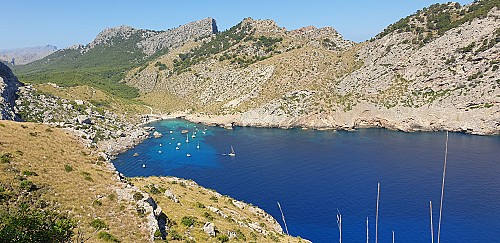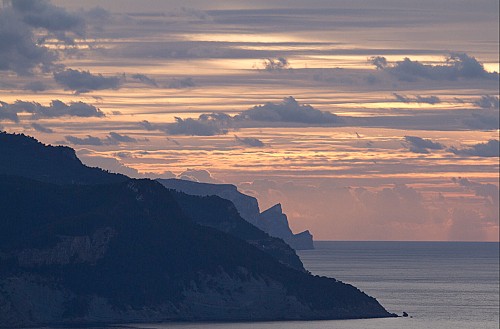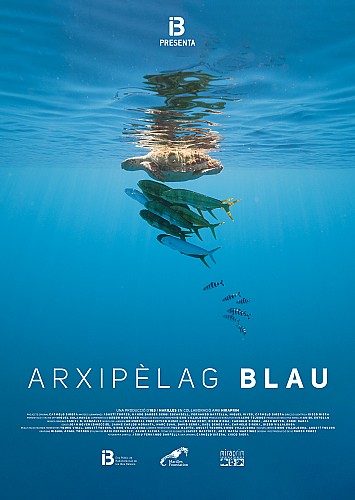The Marilles Foundation published research with data revealing how much of the Balearic sea is off limits for professional, recreational and underwater fishing.
The results show that only 45 km2 – 0,16 % - is closed to fishing and that professional, recreational and underwater fishing (not counting drag nets) is permitted in 95.3% of the Balearic sea and at least 73.6% of the coastal area.
Results of the study
- The protected area of the Balearics has grown gradually over the past four decades to 1642.7 km2. Of this area, 44.8 km2, equivalent to0.16 % of the Balearic sea, is a no-take-zoneand is closed to fishing.
- The no-take zonerepresents 2.73 % of the total 1642.7 km2protected.
- Over 40 years theAMPs have grown 37 times more than the no-take zones.
- Underwater fishing is prohibited in 4.7 % of the Balearic sea (26.4 % of coastal waters).
- Recreational fishing is prohibited in 3.4 % of the Balearic sea (19.4 % of coastal waters).
Aniol Esteban, director of Marilles, confirmed: “The data shows that most of the Balearic sea and coastal waters are open to all types of fishing and this is the context in which complaints have emerged from various sectors. Protected marine areas are the main guarantee that both professional and recreational fishing can continue. In order to fish more we have to create more zones where we fish less.The AMPs bring many benefits to Balearic society, not just to both professional and recreational fishing but also to diving and other recreational activities. Many have begun to bear fruit but there is much to do. Part of the solution would be to raise ambitions and create more marine sanctuaries. We know from studies that no-take zones must be 5%, 15% or 30% and 0.16% is insufficient.”
Positive impact of fishing reserves
So far the implementation of AMPs in the Balearics has brought positive results. The biomass of commercial species has increased, as has been shown by studies in the Toro, Llevant and Dragonera marine reserves. This increase has benefited both professional and recreational fishing. That said, a large part of the AMPs are operating far below their potential. An analysis carried out by the Fundación Marilles in 2018 within the framework of the AMP Working Group, identified various reasons for this:
- Lack of monitoring.
- Inadequate funding.
- Activity limited to the reserves’ management bodies.
- Little involvement of local stakeholders.
- Numerous regulations and authorities.
Lack of public awareness and knowledge






